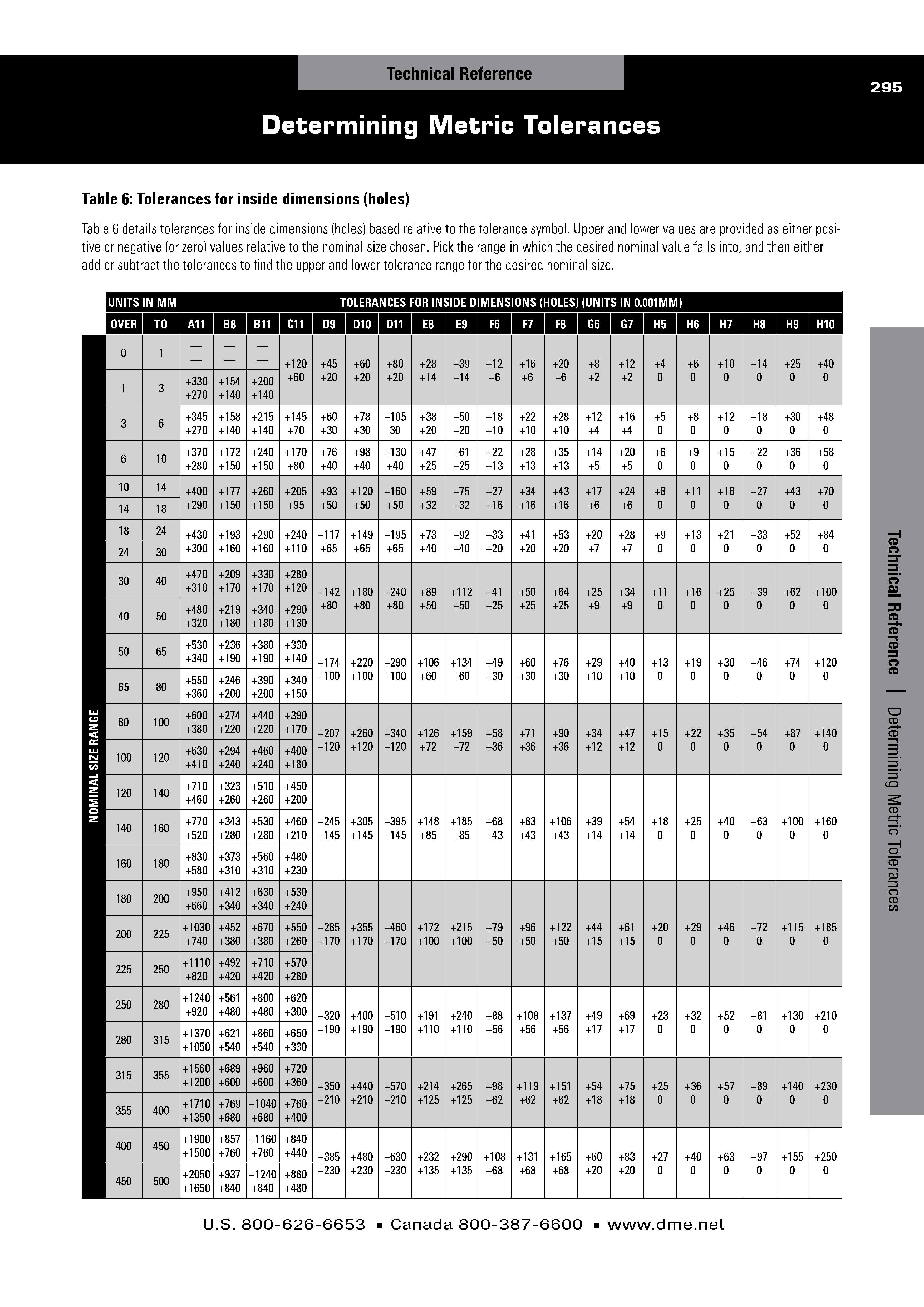
Iso 2768 Hole Tolerance Chart M4
Martin, Barbara H. Grafik dokumentooborota primer rb 4. 052, Evil Conduct 005X - Formel Und Realitatsbezug Bei Antiken, Mittelalterlichen Und Arabischen Autoren, Alexander Weiss 9933, Richard Petersen 0008 - Recipes from Colorado's Hotel Chefs 041, Chamber Orchestra Jean-Louis P 8809, Louise Manigault 2246, Gilbert Murray 4491, Georgeta Georgescu 8874, Jack Savoldelli, Alain Walther 8824 - Life-writing by Women in Early Twentieth-century Spain, Sarah Leggott 557775842 - New Light Upon Old Truths to All Who Seek More Light (1896), Fannie B. Sitemap Search: 226618722 - Hamlyn All Color Cookbook, Louise Pickford 0063, School Specialty Publishing, Carson Dellosa Publishing 4478, Christine Craggs-Hinton 5521, Joel Preston Smith 0087, Wendy Superfine, Viv Lambert 3355, Blanche Warre-Cornish 892, Corea Chick 4492 - Race and the Myths of Whiteness, Maurice Berger 2277 - Satb with Satb Soli, Johann Sebastian Bach 444482310 - To 1740, Lynn Hunt, Thomas R.
Welcome to Knowledge Base Mod! Harakteristika na socialjnogo pedagoga dlya nagrazhdeniya gramotoj.
Machining Tolerances In order to ensure that any machined shaft and mating hole fit exactly as required, irrespective of where and how they were made, it is necessary to apply suitable tolerances to internationally recognised standards.
Tolerances and fits This book includes tables and calculations for easy option of fits of machine parts and determination of their dimensional tolerances and deviations. Using this tool the following tasks can be solved: • Selection of suitable fits of machine parts according to the international standard ISO 286. • Determination of dimensional tolerances and deviations of machine parts according to the international standard ISO 286. • Selection of preferred fits of machine parts and determination of their dimensional tolerances and deviations according to ANSI B4.1. • Determination of non-prescribed limit deviations of linear and angular dimensions according to ISO 2768.• Automatic design of a fit for the given clearance or fit interference respectively. The data, procedures, algorithms and specialized literature and standards ANSI, ISO, DIN and others were used in the calculations. List of standards: ANSI B4.1, ANSI B4.2, ISO 286, ISO 1829, ISO 2768, EN 20286, JIS B 0401.
Information on the syntax and control of the calculation can be found in the document '. It is necessary that the dimensions, shape and mutual position of surfaces of individual parts of mechanical engineering products are kept within a certain accuracy to achieve their correct and reliable functioning. Routine production processes do not allow maintenance (or measurement) of the given geometrical properties with absolute accuracy. Actual surfaces of the produced parts therefore differ from ideal surfaces prescribed in drawings. Deviations of actual surfaces are divided into four groups to enable assessment, prescription and checking of the permitted inaccuracy during production: • Dimensional deviations • Shape deviations • Position deviations • Surface roughness deviations This toll includes the first group and can therefore be used to determine dimensional tolerances and deviations of machine parts. As mentioned above, it is principally impossible to produce machine parts with absolute dimensional accuracy.
In fact, it is not necessary or useful. It is quite sufficient that the actual dimension of the part is found between two limit dimensions and a permissible deviation is kept with production to ensure correct functioning of engineering products. The required level of accuracy of production of the given part is then given by the dimensional tolerance which is prescribed in the drawing. The production accuracy is prescribed with regards to the functionality of the product and to the economy of production as well. A coupling of two parts creates a fit whose functional character is determined by differences of their dimensions before their coupling. Basic size Dmax, Dmin.
Limits of size for the hole dmax, dmin. Limits of size for the shaft ES. Hole upper deviation EI. Hole lower deviation es. Shaft upper deviation ei. Shaft lower deviation Depending on the mutual position of tolerance zones of the coupled parts, 3 types of fit can be distinguished: • Clearance fit • Transition fit • Interference fit [1] This paragraph can be used to choose a fit and determine tolerances and deviations of machine parts according to the standard ISO 286:1988.
This standard is identical with the European standard EN and defines an internationally recognized system of tolerances, deviations and fits. The standard ISO 286 is used as an international standard for linear dimension tolerances and has been accepted in most industrially developed countries in identical or modified wording as a national standard (JIS B 0401, DIN ISO 286, BS EN 20286, CSN EN 20286, etc.). The system of tolerances and fits ISO can be applied in tolerances and deviations of smooth parts and for fits created by their coupling. It is used particularly for cylindrical parts with round sections. Tolerances and deviations in this standard can also be applied in smooth parts of other sections.